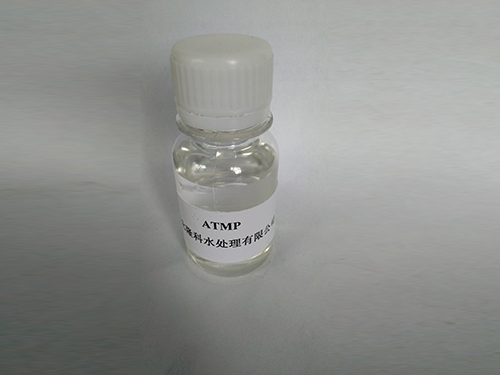anionic polyacrylamide flocculant
Anionic Polyacrylamide Flocculant Enhancing Water Treatment Processes
In the realm of water treatment, the demand for efficient and effective flocculants has led to the increased use of anionic polyacrylamide (APAM). This synthetic polymer is recognized for its ability to enhance the coagulation and flocculation processes, thereby improving the removal of suspended solids and colloidal particles in water treatment systems. This article delves into the composition, properties, applications, and benefits of anionic polyacrylamide, highlighting its significance in modern water management.
Composition and Properties
Anionic polyacrylamide is a water-soluble polymer derived from the polymerization of acrylamide in the presence of anionic groups, which are introduced during the synthesis process. This imparts a negative charge to the polymer, facilitating its interaction with positively charged particles typically present in wastewater. The molecular weight of APAM can vary significantly, which influences its performance and application scope. Generally, higher molecular weight polymers exhibit better flocculation characteristics, while lower molecular weight versions are easier to handle and disperse.
One of the key properties of anionic polyacrylamide is its high viscosity, which enhances the bridging mechanism between particles in suspension. The viscosity allows the polymer to create a network structure, leading to the agglomeration of particles into larger flocs that can be easily separated from the water phase. Additionally, APAM is known for its thermal stability and resistance to various pH levels, making it suitable for a wide range of water treatment scenarios.
Applications in Water Treatment
APAM is extensively employed in various sectors that require water clarification and treatment. Some of the primary applications include
1. Municipal Wastewater Treatment APAM is critical in municipal water treatment plants, where it aids in the removal of suspended solids, organic matter, and other contaminants. By promoting the aggregation of particles, it enhances sedimentation and filtration processes, leading to cleaner effluents.
2. Industrial Wastewater Management Industries such as mining, textiles, and food processing generate considerable amounts of wastewater laden with fine particles and colloidal substances. The use of anionic polyacrylamide facilitates the efficient removal of these pollutants, meeting regulatory discharge standards.
3. Sludge Conditioning In sludge treatment processes, APAM acts as a conditioning agent that improves the dewaterability of sludge, reducing its volume and enhancing subsequent disposal or treatment steps.
anionic polyacrylamide flocculant

4. Paper and Pulp Industry In the paper manufacturing process, APAM is used as a retention and drainage aid, improving the formation and quality of paper sheets while minimizing fiber loss during production.
Benefits of Using Anionic Polyacrylamide
The incorporation of anionic polyacrylamide in water treatment processes brings numerous benefits
- Enhanced Removal Efficiency APAM significantly improves the sedimentation rates and floc formation, resulting in cleaner water and reduced turbidity.
- Cost-effectiveness By reducing the need for additional treatment chemicals and minimizing waste volume, the use of APAM can lead to cost savings in the long run.
- Environmental Safety APAM is considered environmentally friendly, as it is biodegradable and has low toxicity levels compared to traditional inorganic coagulants.
- Versatility Its applicability across various industries and treatment scenarios makes APAM a versatile tool for water treatment professionals.
Conclusion
Anionic polyacrylamide flocculant has emerged as an invaluable asset in the field of water treatment. With its ability to enhance coagulation and flocculation processes, it plays a pivotal role in ensuring the effective removal of contaminants from water. As the world continues to grapple with water quality issues, the importance of effective flocculants like APAM will only continue to grow. By harnessing the power of this synthetic polymer, industries can promote cleaner water practices while simultaneously addressing environmental concerns and regulatory requirements. Through ongoing research and innovation, the future prospects for anionic polyacrylamide and similar technologies appear promising, paving the way for sustainable water management solutions.
-
lk-319-special-scale-and-corrosion-inhibitor-for-steel-plants-advanced-solutions-for-industrial-water-systemsNewsAug.22,2025
-
flocculant-water-treatment-essential-chemical-solutions-for-purification-processesNewsAug.22,2025
-
isothiazolinones-versatile-microbial-control-agents-for-industrial-and-consumer-applicationsNewsAug.22,2025
-
scale-inhibitor-key-solutions-for-water-system-scale-preventionNewsAug.22,2025
-
organophosphonates-versatile-scale-inhibitors-for-industrial-water-systemsNewsAug.22,2025
-
scale-and-corrosion-inhibitor-essential-chemical-solutions-for-water-system-maintenanceNewsAug.22,2025





